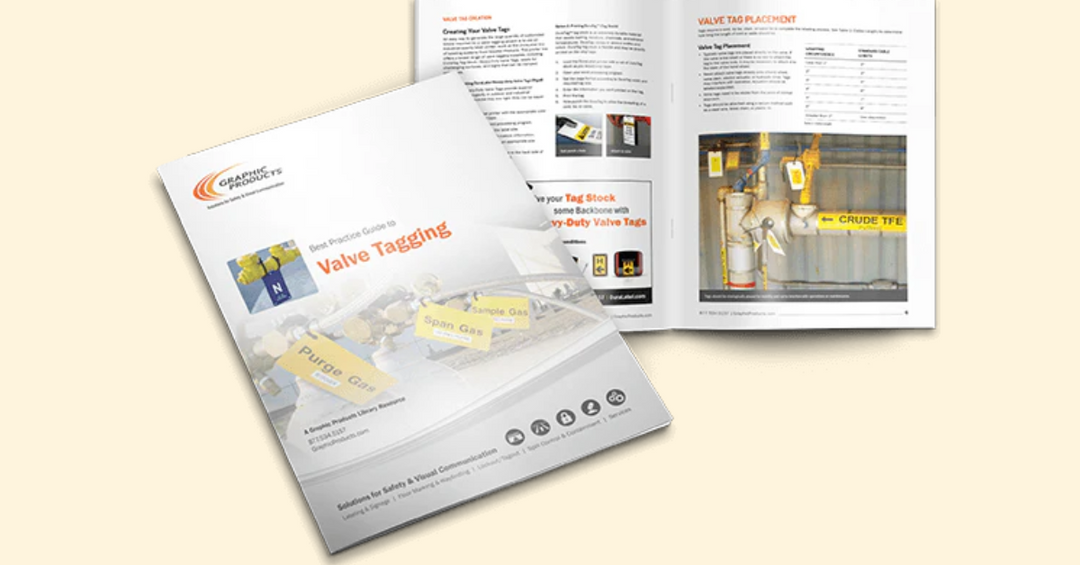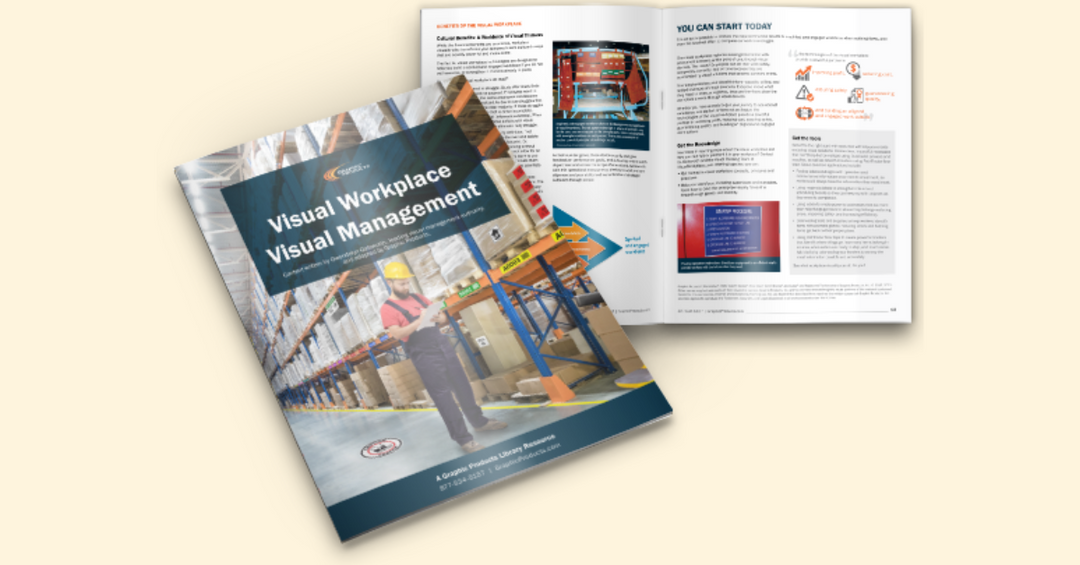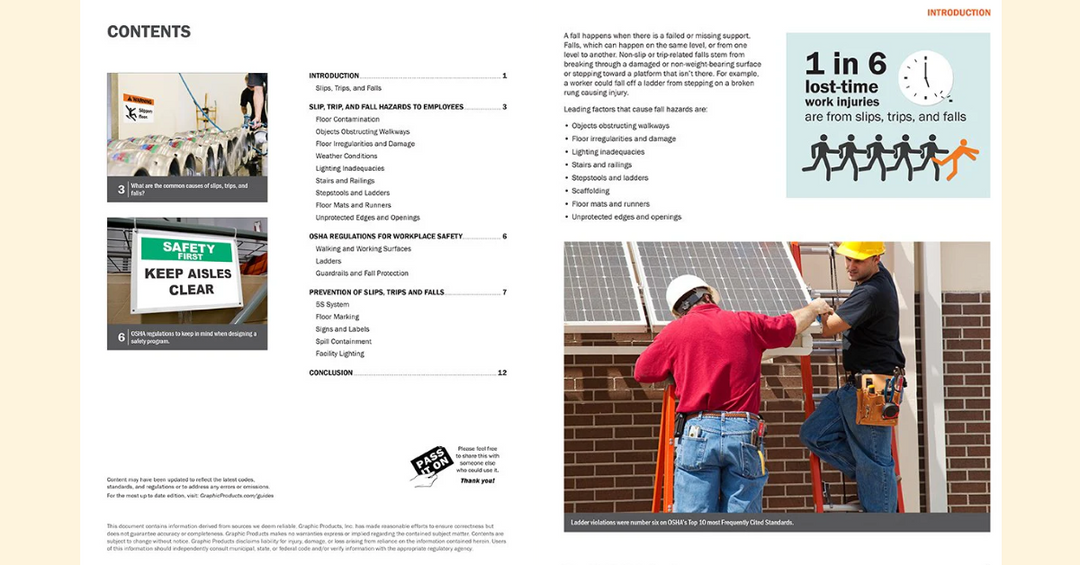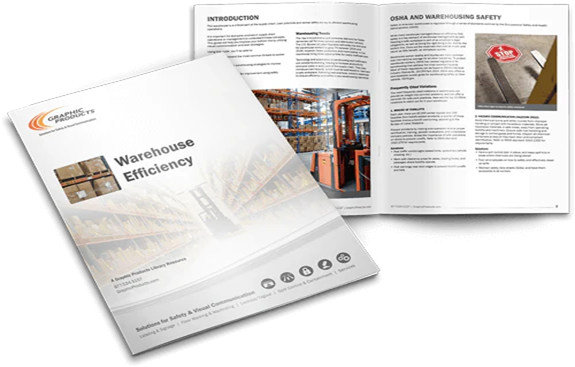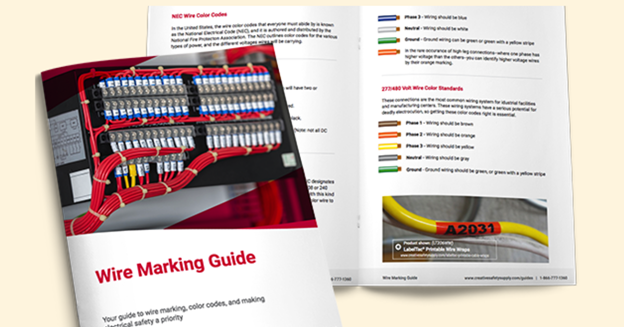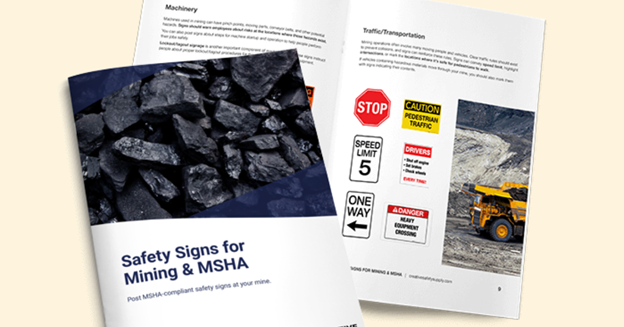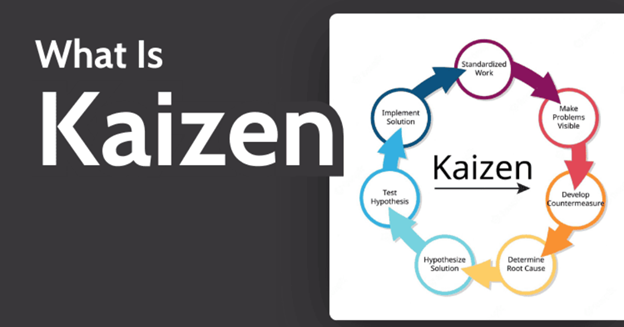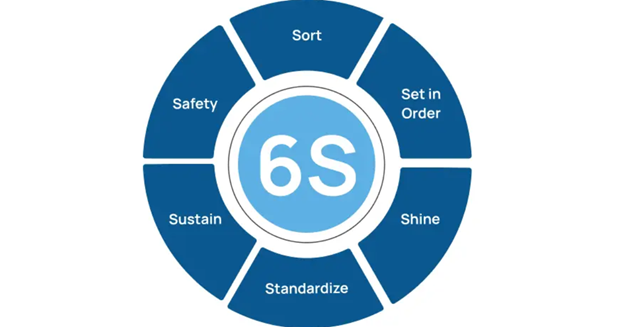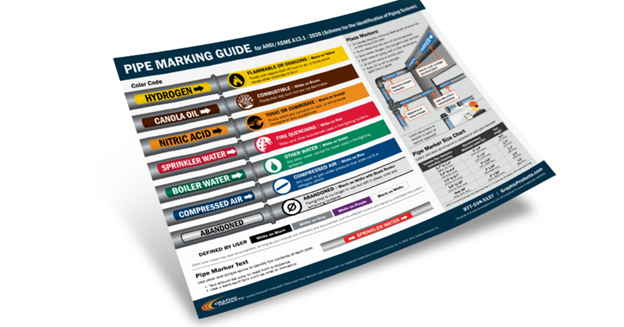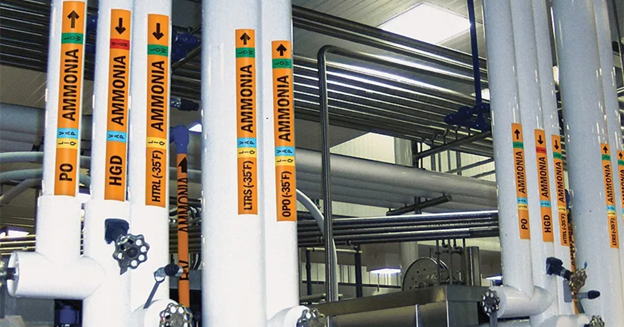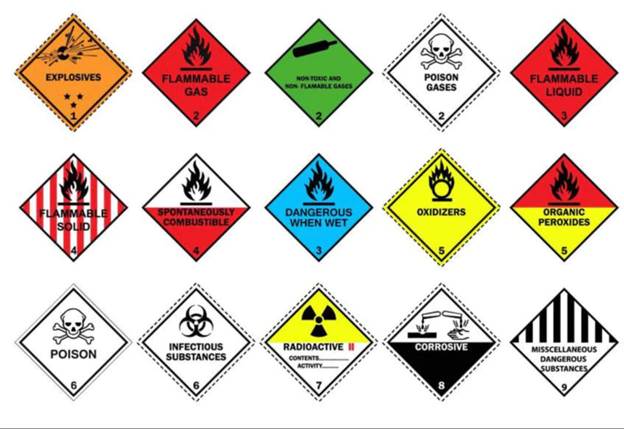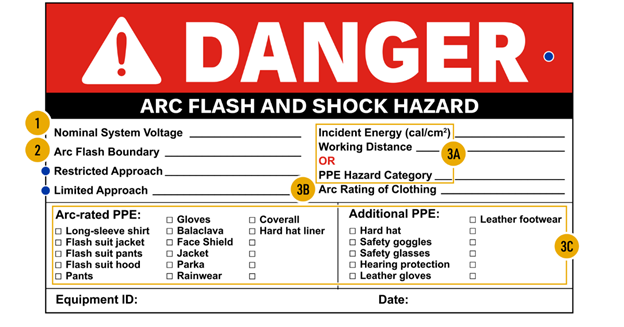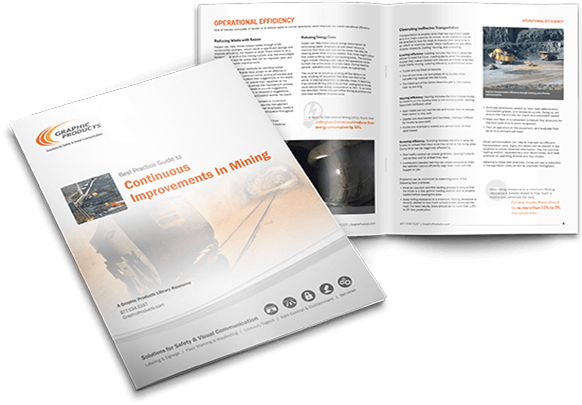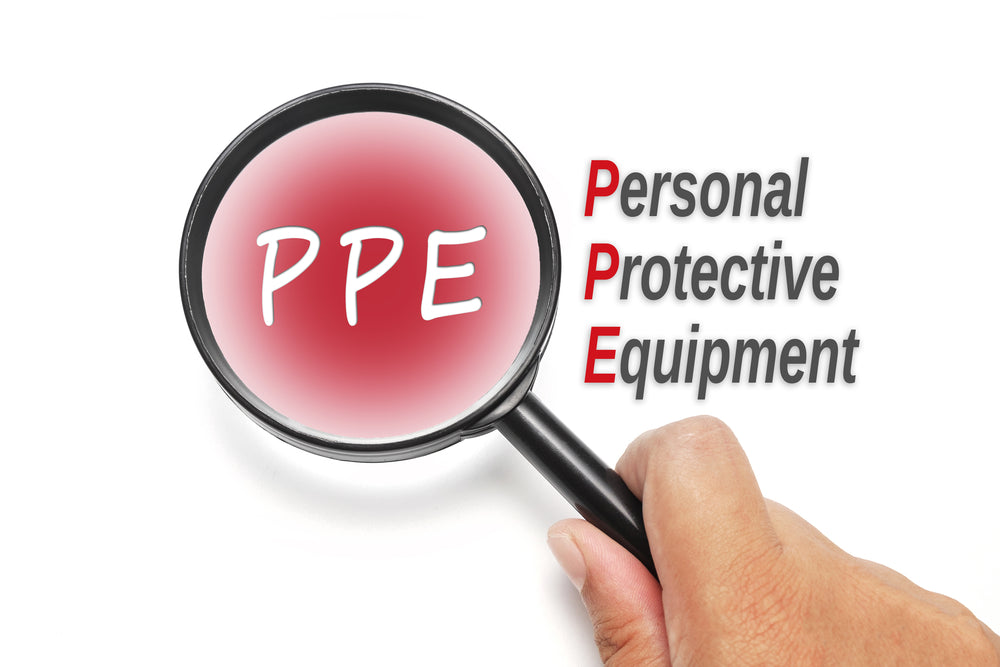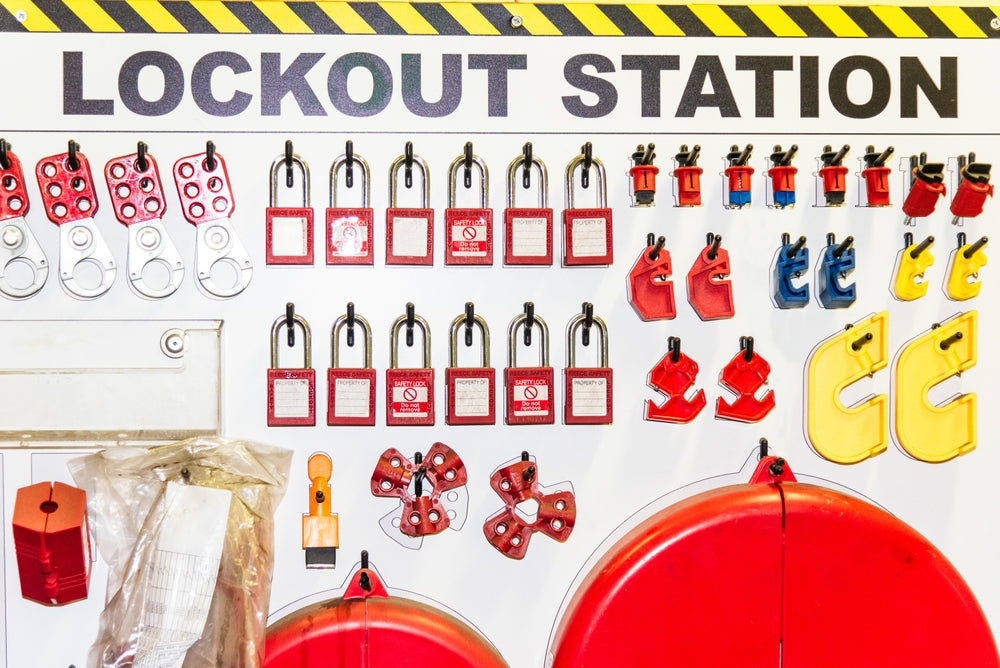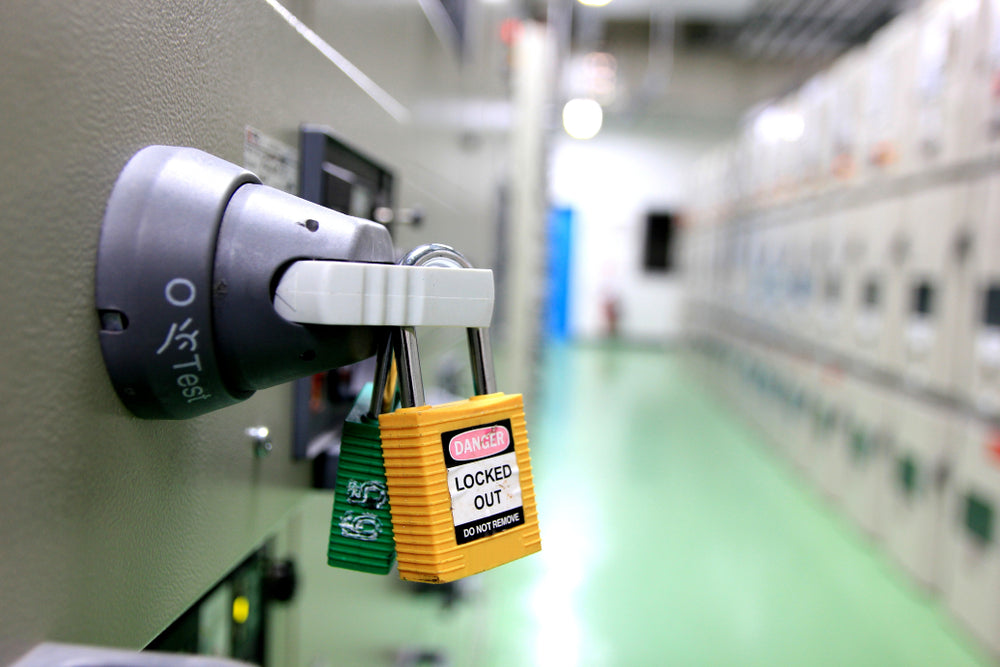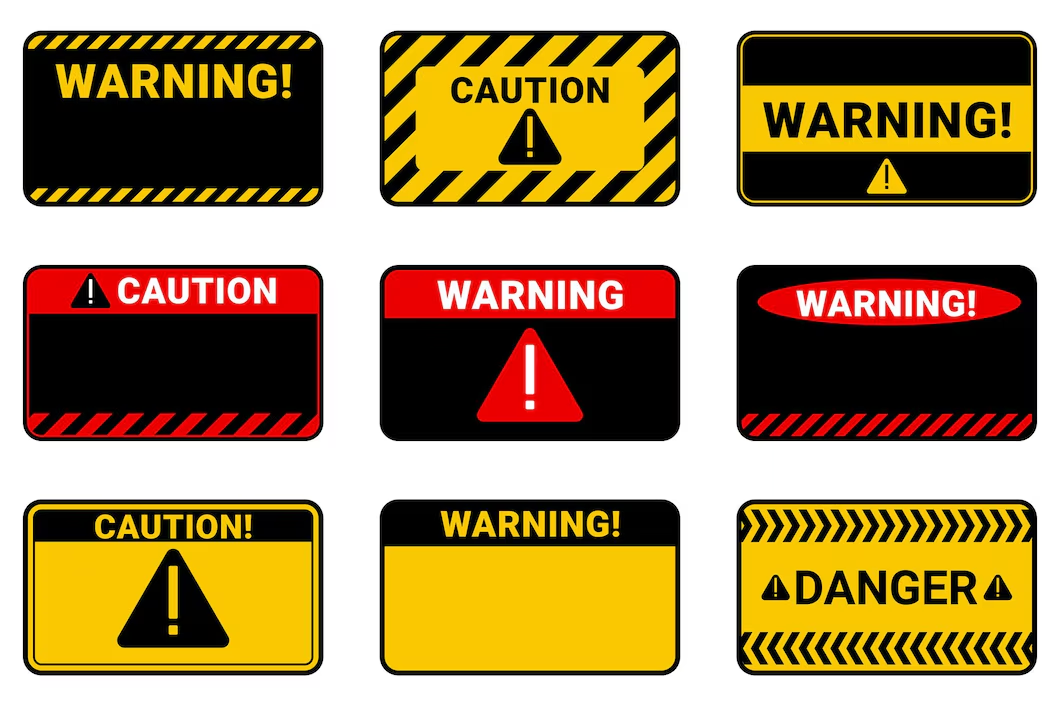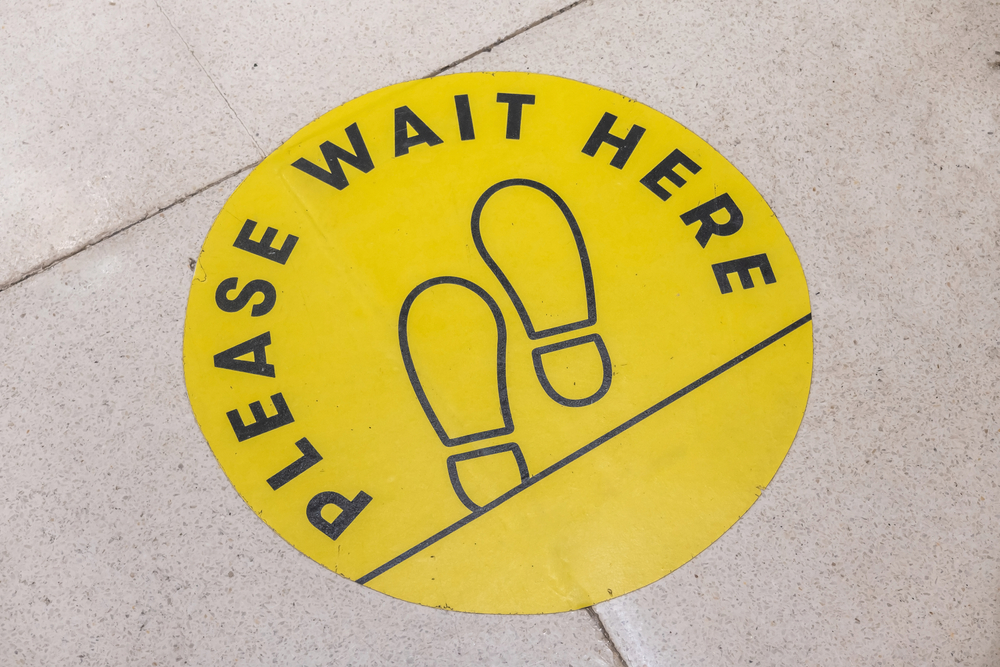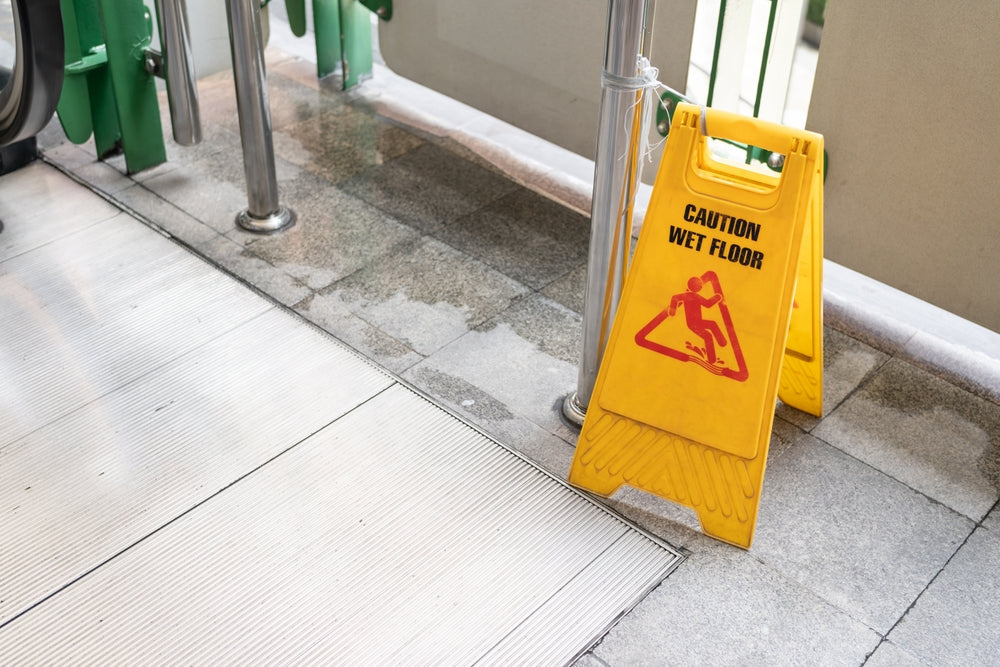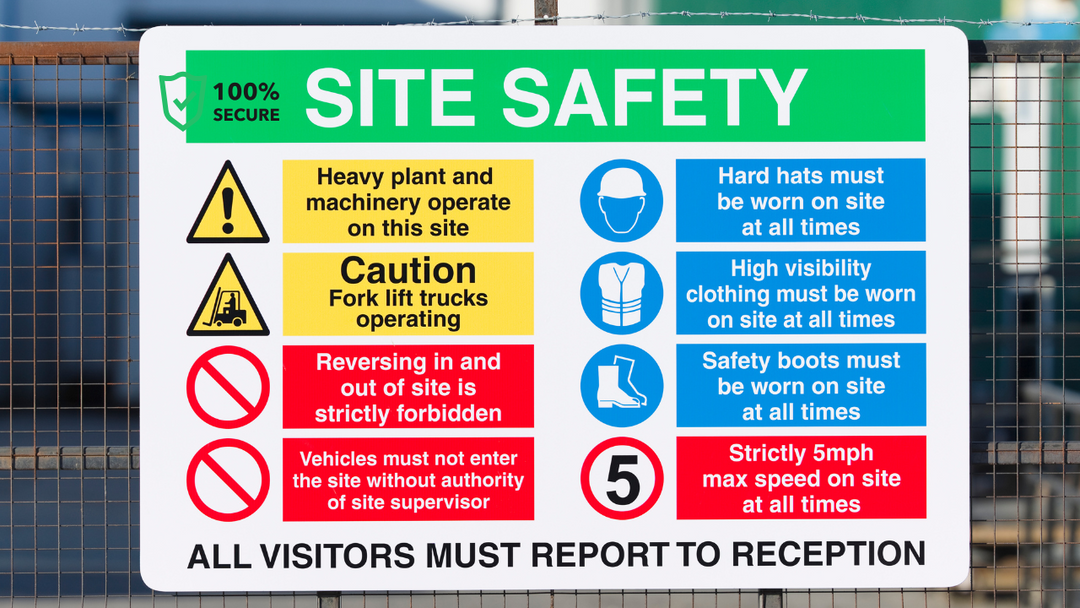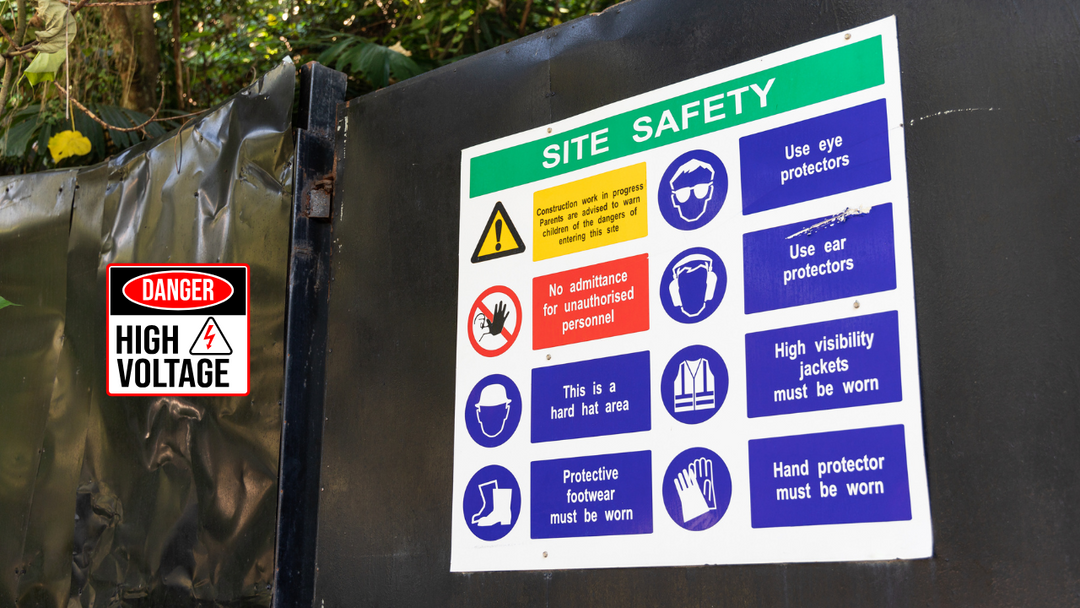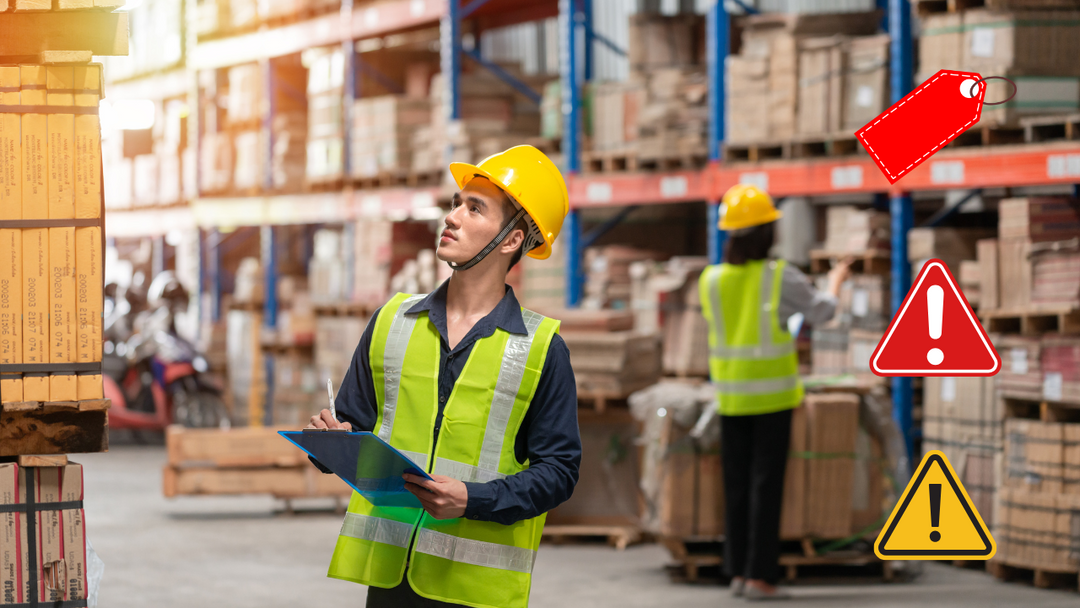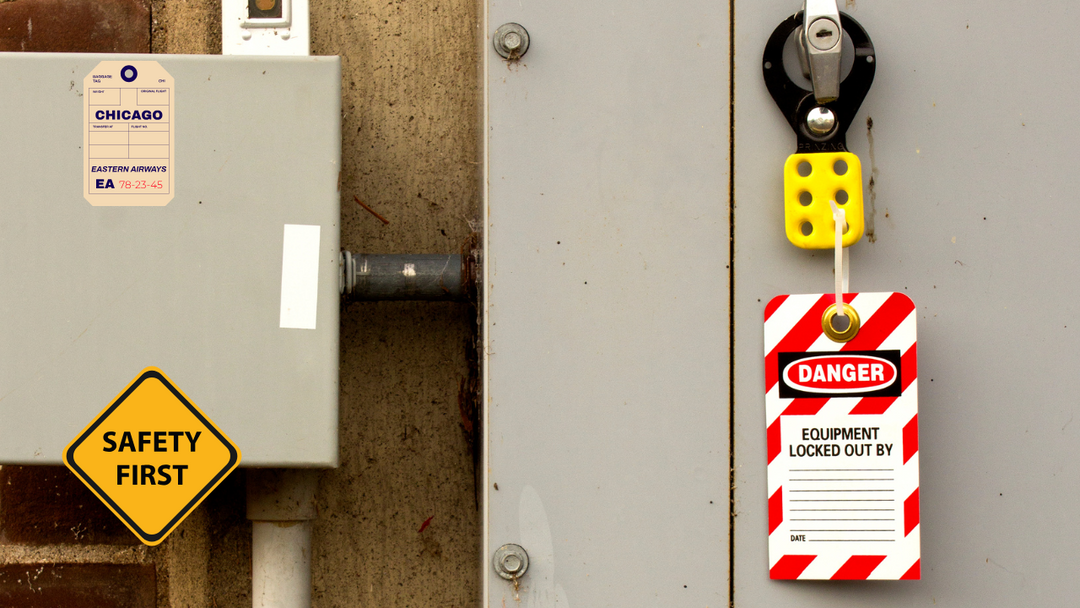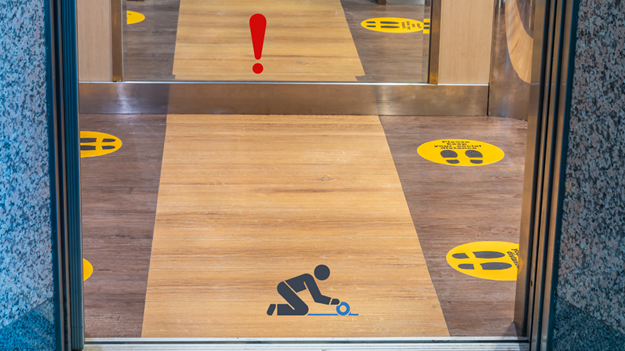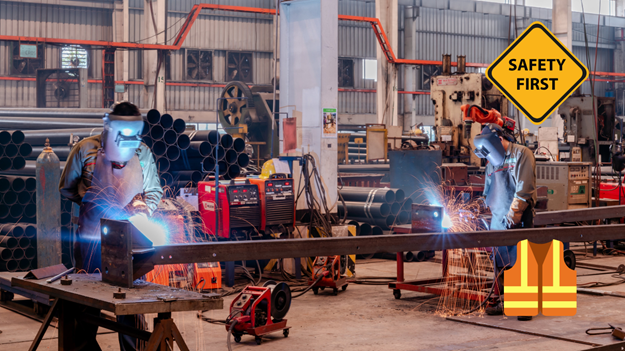Essential Small Business Safety Tips to Protect Your Team
Introduction:
The Importance of Workplace Safety
For small businesses, ensuring workplace safety is not just a legal requirement—it’s a vital component of a productive and thriving work environment. A safe workplace reduces accidents, boosts employee morale, and enhances efficiency. Whether you run a retail store, a manufacturing unit, or an office, implementing strong safety measures is essential to protecting your team.
Why Safety is a Priority for Small Businesses
Unlike large corporations with dedicated safety departments, small businesses often have limited resources to handle workplace hazards. However, this doesn’t mean safety should be overlooked. Taking proactive steps to prevent accidents can save lives, reduce costs, and maintain a positive reputation.
Common Workplace Hazards
Every workplace comes with risks. Some common hazards small businesses face include:
- Slips, trips, and falls due to wet floors or cluttered spaces.
- Electrical hazards from exposed wires or malfunctioning equipment.
- Fire hazards due to improper storage of flammable materials.
- Ergonomic injuries from poor workstation setups.
Identifying and addressing these hazards early can significantly improve workplace safety.
Creating a Safety-First Culture
Encouraging Employee Involvement
Safety isn’t just the employer’s responsibility—it should be a shared commitment among all employees. Encourage staff to report hazards, participate in safety drills, and take ownership of their work environment.
Providing Regular Safety Training
Ongoing training ensures that employees understand and follow workplace safety protocols. Conduct workshops on fire safety, first aid, and proper handling of equipment. Interactive training sessions can make safety education more engaging and effective. Implementing a strong workplace safety guide ensures consistency and clarity in safety protocols.
Workplace Hazard Identification and Risk Assessment
Conducting a Safety Audit
A safety audit checklist helps identify potential hazards in the workplace. Regularly inspect equipment, storage areas, and emergency exits to ensure they meet safety standards.
Implementing Preventive Measures
Once risks are identified, take corrective actions immediately. Install warning signs, improve ventilation, and ensure proper storage of hazardous materials. Preventive measures reduce accidents and create a safer work environment.
Essential Safety Equipment for Small Businesses
Personal Protective Equipment (PPE)
Depending on your industry, employees may require PPE such as gloves, helmets, or eye protection. Ensuring proper use of PPE can prevent serious injuries.
Fire Safety and Emergency Preparedness
Equip your workplace with fire extinguishers, smoke alarms, and emergency exit signs. Conduct fire drills regularly to ensure everyone knows evacuation procedures.
First Aid and Medical Response Kits
Having a well-stocked first aid kit is essential for handling minor injuries. Train employees on basic first aid procedures so they can respond quickly in case of an emergency.
Affordable Safety Solutions for Small Businesses
For businesses with limited budgets, there are affordable safety solutions available, such as bulk purchasing safety gear, utilizing digital training resources, and implementing cost-effective security measures like better lighting and signage.
Workplace Security Measures
Controlling Access to Restricted Areas
Restricting access to certain areas can prevent unauthorized personnel from entering hazardous zones. Implement keycard systems or access codes to enhance security.
Installing Security Cameras and Alarm Systems
Security cameras act as a deterrent to theft and misconduct. Alarm systems alert employees to potential dangers, ensuring a quick response to emergencies.
Preventing Workplace Accidents
Safe Handling of Equipment and Tools
Employees should be trained to use tools and machinery correctly. Improper handling can lead to serious injuries. Post safety instructions near equipment for quick reference.
Proper Lifting Techniques to Avoid Injuries
Back injuries are common in workplaces where lifting is required. Teach employees to lift with their legs, not their backs, and provide lifting aids when necessary.
Reducing Slips, Trips, and Falls
Keep walkways clear of obstacles, use non-slip mats, and promptly clean up spills. Simple steps like these can prevent many workplace injuries.
Emergency Preparedness and Response
Creating an Emergency Action Plan
A well-prepared emergency plan can save lives. Outline clear procedures for fire, medical, and security emergencies.
Conducting Fire Drills and Safety Exercises
Regular drills ensure that employees know how to respond in emergencies. Assign roles to specific team members for better coordination during evacuations.
Establishing a Communication Plan for Emergencies
During an emergency, clear communication is crucial. Set up an emergency contact system using emails, texts, or alarms to alert employees instantly.
Compliance with Workplace Safety Regulations
Understanding Legal Safety Requirements
Familiarize yourself with local workplace safety laws and ensure compliance. Following safety regulations protects your business from legal issues and keeps employees safe.
Keeping Updated with Industry Standards
Safety standards evolve over time. Stay updated with the latest guidelines and adjust your safety policies accordingly.
Encouraging a Proactive Approach to Safety
Encouraging Employees to Report Hazards
Employees should feel comfortable reporting hazards without fear of repercussions. Create an open-door policy for safety concerns.
Rewarding Safety-Conscious Behavior
Recognizing and rewarding employees for following safety guidelines encourages a proactive approach to workplace safety. Small incentives can motivate employees to prioritize safety.
Employee Safety Tips for Everyday Protection
Incorporating employee safety tips into daily routines helps prevent accidents. Simple practices such as wearing appropriate footwear, using safety gear, and staying alert in high-risk areas can make a significant difference.
Explore More: Essential Safety Tips for Every Workplace
|
Safety Tags Tips |
Short Description |
|
Tips for Effective Use of Safety Tags in the Workplace |
|
|
Essential Scaffold Safety Tips for Workers |
|
|
Comprehensive Workplace Safety Tips for Employers |
|
|
A Step-by-Step Lockout Tagout Checklist for Maximum Safety |
|
|
Top Tips for Improving Warehouse Safety Standards |
|
|
Key Safety Tips for Small Businesses |
|
|
Best Practices for Lockout Tagout Procedures |
|
|
The Importance of Fire Safety Signage in Workplaces |
|
|
Essential Personal Protective Equipment (PPE) Tips |
|
|
Best Practices for Scaffold Inspections |
|
|
How to Use Industrial Labeling for Safety and Compliance |
|
|
Construction PPE Safety Tips for Protecting Workers |
|
|
Advanced Safety Tips for a Safer Workplace Environment |
Conclusion:
A safe workplace doesn’t happen by accident—it requires continuous effort and commitment. By conducting regular risk assessments, investing in essential safety tools, and encouraging employee participation, small businesses can create a secure and productive work environment.
Implementing best workplace safety practices not only protects employees but also improves overall business efficiency. Prioritizing hazard prevention ensures long-term success and sustainability for your business. Taking proactive steps today will lead to a safer workplace tomorrow.
Additionally, using proper safety tags plays a crucial role in workplace hazard prevention by clearly marking dangerous areas, equipment, and procedures. For more insights on workplace safety tags and compliance solutions, visit Archford's Safety Tags page.
Small businesses should also invest in small business risk management strategies to identify, assess, and minimize potential safety threats. Proactively addressing safety concerns reduces liabilities and enhances employee well-being.
Frequently Asked Questions (FAQs)
What are the most common workplace hazards for small businesses?
Common hazards include slips and falls, electrical issues, fire hazards, and ergonomic injuries due to poor workstation setups.
How can small businesses improve workplace safety?
By implementing regular safety training, using protective equipment, conducting audits, and encouraging employees to report hazards.
Why is a safety audit checklist important?
A safety audit checklist helps identify risks and ensure compliance with safety standards, reducing accidents and legal liabilities.
How often should emergency drills be conducted?
At least twice a year to ensure all employees are familiar with emergency procedures.
What role do employees play in maintaining a safe workplace?
Employees should actively participate in safety programs, report hazards, follow protocols, and use protective gear when required.


